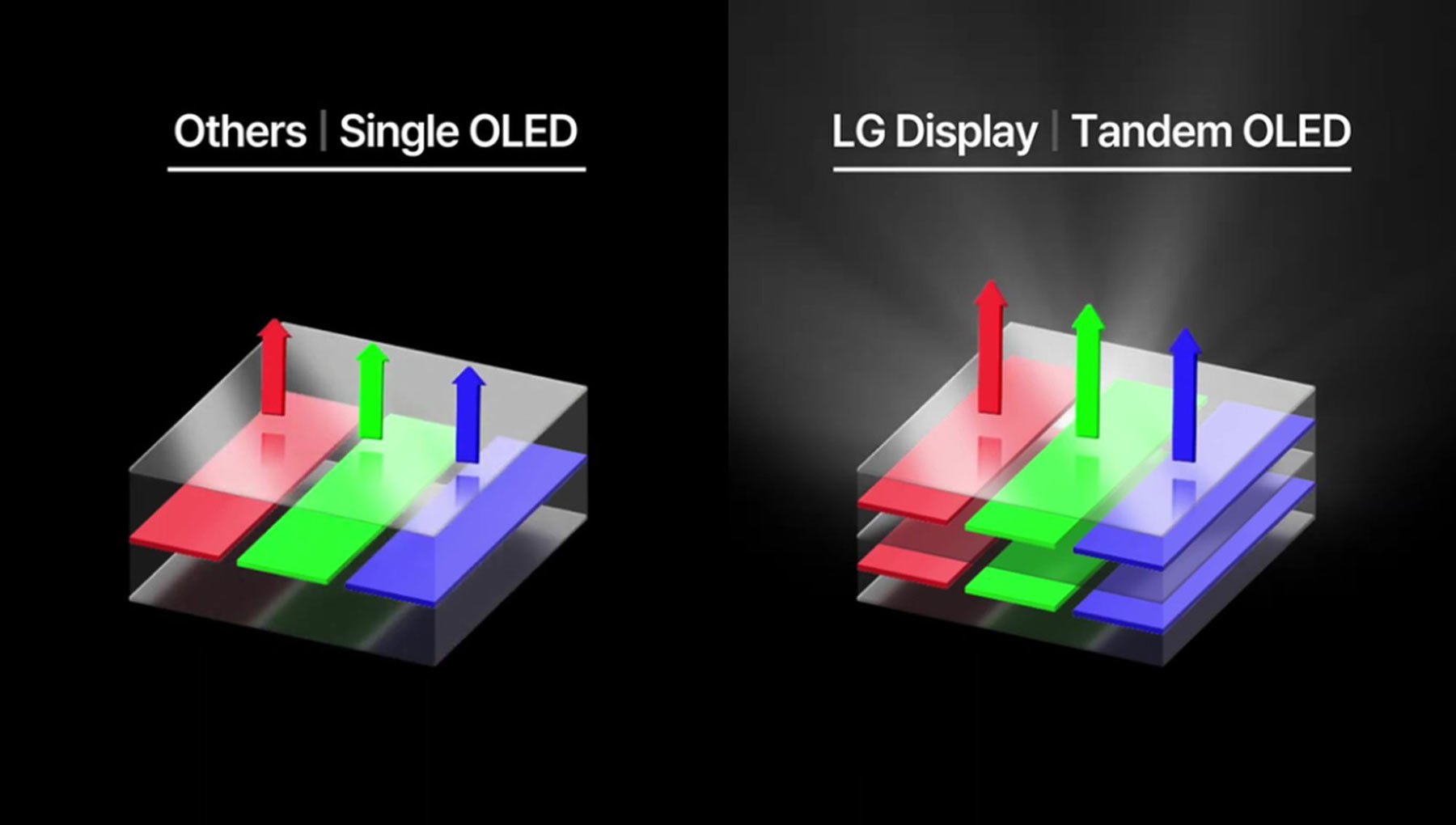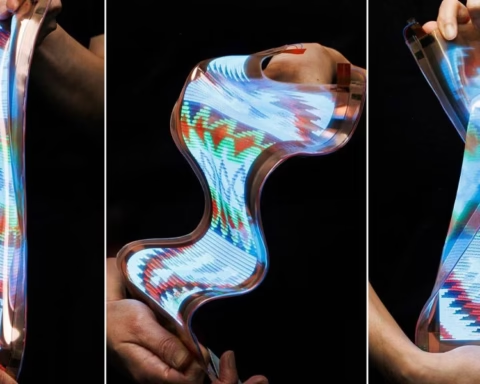LG Display has officially begun mass production of its innovative tandem OLED displays for laptops, marking a significant leap forward in screen technology. This advancement builds upon LG’s success with double-stacked OLED technology in automotive applications and is now set to transform the laptop market.
The tandem OLED technology boasts impressive improvements over conventional single-layer OLED displays. According to LG, these new screens offer double the lifespan and triple the brightness while reducing power consumption by up to 40 percent. This combination of enhanced performance and energy efficiency addresses key concerns in mobile computing.
Perhaps most remarkably, LG has managed to achieve these improvements while simultaneously making the displays thinner and lighter. The new tandem OLED screens are approximately 40 percent thinner and 28 percent lighter than their predecessors, contributing to more portable and sleek laptop designs.
One of the first devices to showcase this groundbreaking technology will be Dell’s upcoming XPS 13 AI PC. As more manufacturers adopt tandem OLED displays, consumers can look forward to laptops with brighter, more durable screens that consume less power and contribute to overall device portability.
This development from LG Display demonstrates the ongoing innovation in display technology and its potential to enhance our daily computing experiences. As mass production ramps up, we can expect to see tandem OLED screens become increasingly common in high-end laptops and potentially other devices in the near future.
Would you like me to elaborate on any specific aspect of this technology or its implications?





